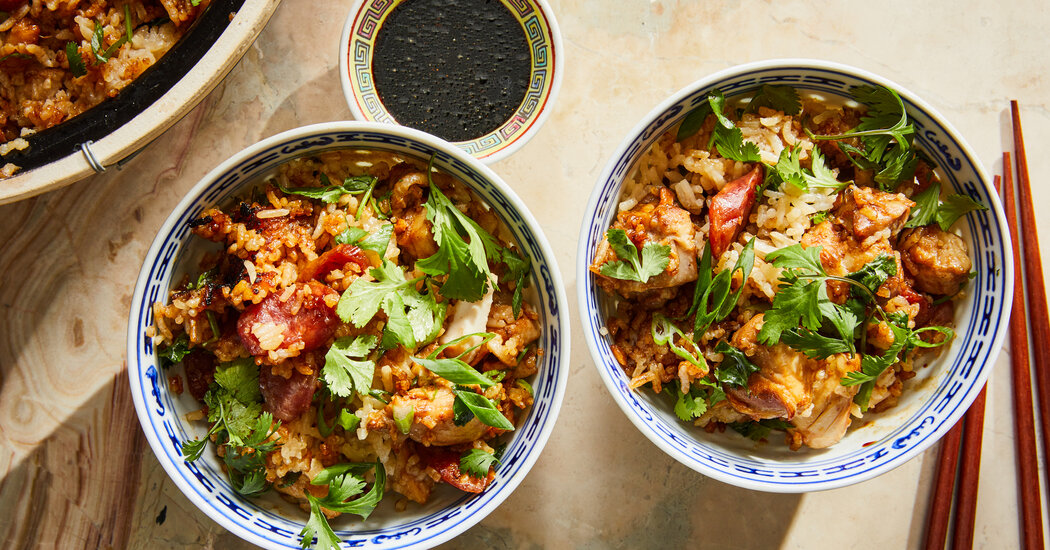
A decade ago, the chef Jimmy Tu opened Bunker, a restaurant in an industrial stretch of Ridgewood, Queens, far from public transportation. And eager diners were always willing to make the trek. Among his remarkable dishes, inspired by street food vendors in Vietnam, where his family is from, his phở gà stood out for its broth. Even though Bunker closed, the phở’s chicken broth lives on in my mind.
It revealed how bone-in meat brings depth and body to dishes, a third dimension to taste and texture that’s more a feeling, a warmth that slides behind the rib cage, a stickiness on the lips. In the case of soup, it turns liquid into an elixir hovering on the edge of solid. Like well-worn leather, bone-rich broth is somehow both substantial and impossibly soft.
When creating a quicker home version of phở gà broth as tawny and intense as the one I loved at Bunker, I realized that the viscosity from bone-in chicken suspends the other ingredients’ flavors, amplifying their complexities. Seasonings don’t end up layered so much as swirled like watercolors, the bittersweetness of charred onion and ginger flowing into and around edgy cinnamon.
It doesn’t take long for the cartilage and collagen to melt off the nubby joints of drumsticks and wings into simmering water or for the meat to become tender. To end up with a flavorful broth and meat you still want to eat, keep the proportion of water to solids low and cook so gently that bubbles barely break the surface. The resulting soup is the perfect foundation for a bowl of phở, with slips of chicken entangled in rice noodles, bean sprouts and herbs.
Broth is the most obvious showcase for bone-in meat, but other dishes also highlight its goodness, particularly one-pot chicken and rice meals prepared with meatier thighs. Among my favorites is the Cantonese-style clay pot rice I grew up eating. Instead of hacking through bones to cut the meat into small chunks, a process that can feel dicey even with a sharp cleaver, I cut the meat off the bone before slicing it into bite-size pieces. This ensures that the chicken cooks through at the same rate as the rice, and nestling the bones into the pot infuses the cooking water and slicks the grains with richness.
It’s just one of many perfect meals from the world of chicken dishes made more satisfying by bone-in meat. Dennis Mao, a founder and the president of Jidori Chicken in Los Angeles, gets his live poultry directly from farmers for his team to process by hand before selling to chefs.
“Chefs don’t want to waste anything,” he said. “Everything is edible, as long you have the tradition and culture for it. We don’t actually eat the bones, but the bones are so important for flavoring.”



